Andalusian chicken is a beautiful bird and is one of the oldest of the Mediterranean breeds. They were developed and also took this name form Andalusia province of Spain.
Their blue color came from a hybrid cross between the black and white varieties. To be absolutely certain of getting blue offspring, you need to cross a white cock with a black hen.
And that’s it how Andalusian chicken was developed. The breed is usually referred to as the Blue Andalusian and was known at one time as the Blue Minorca.
Like other Mediterranean poultry breeds, Andalusian chicken is symmetrical and compact with a stately carriage.
They were included in the American Poultry Association’s Standard of Perfection in 1874. There is also a bantam variety of this chicken breed.
Andalusian Chicken Characteristics
Andalusian chickens are magnificent to look at. They have elegant and graceful appearance with their graceful, stately carriage and delicately blue-laced plumage. Such appearance also makes them as an especially fine breed for exhibition.
They are a typical example of the unstable blue color we see in the poultry industry. Andalusian hens are excellent layers of large size and white eggs. Both hens and roosters have well set up, long, deep bodies with plenty of vitality.
In case of size, they are about the same as another Mediterranean breed Minorca and bigger than Leghorn chickens. For producing this blue birds with an unique genetic feature, constant recurrence in the offspring of not only all blue chicks, but also the black, white, and black-white colors were used in the original matings hundreds years ago.
Blue genes are carried by all of these chicks. And produce many blue offspring when mated black on white or with other blues.
The ideal feather color of Andalusian chicken is a beautiful slatey blue with a narrow lacing of darker blue. They have white, smooth and almond-shaped earlobes. They have medium size single comb with five well defined points.

Their skin color is white and the legs and feet are of black or leaden blue colored. On an average Andalusian roosters weight about 3.2-3.6 kg and hens weight about 2.25-2.7 kg. Photo from Wikipedia.
Behavior/Temperament
Andalusian chicken is a very active breed and are quieter and less flighty than most other Mediterranean poultry breeds. They are superlative foragers, graceful, stately and rugged. Hens are good layer of large eggs but they don’t go broody often, so are not natural sitters.
Pullets start laying early and at around 5-6 months of age. Andalusian chicks mature earlier and are very hardy. They are relatively calm birds and the roosters usually don’t fight with each other.
But for avoiding problems with bullying, they need to be provided with plenty of space. Because they don’t like to be overcrowded. They are very good foragers and prefer free ranging.
Andalusian chickens are very hardy birds and they can perform well in almost all climates. They are cold hardy. But their fine textured and large combs are prone to frostbite. So care must be taken. They also perform well in hot climates and wonderfully heat tolerant in the South. See full breed profile below.
| Breed Name | Andalusian |
| Other Name | Blue Andalusian, Also Called ‘Blue Minorca’ Previously. |
| Breed Purpose | Egg, Show and Ornamental |
| Breed Temperament | Friendly, Flighty, Very Active, Noisy |
| Breed Size | Large |
| Broodiness | Seldom |
| Comb | Single |
| Climate Tolerance | All Climates |
| Egg Color | White |
| Egg Size | Large |
| Egg Productivity | Medium |
| Feathered Legs | No |
| Rarity | Common |
| Varieties | Black, Blue, Splash |
The Good
- Beautiful
- Friendly
- Good layers
- Produce large eggs
- Mature early and start laying at about 5-6 months
- Cold hardy
- Good foragers
- Very good breed for free range
- Perform well in hot climates
- Roosters are tolerant of each other
The Bad
- Flighty
- Noisy
- Prone to frostbite as they have large comb
Is Andalusian Chicken Good for You?
Andalusian chicken is good for you if you…….
- Want to raise beautiful chickens.
- Are looking for some very active, hardy and friendly chickens.
- Are willing to have some good egg layers.
- Want to produce big eggs.
- Are looking for good laying breeds who are great foragers and perform very well in free range.
- Want to raise some early maturing chickens.
- Are searching for such chicken breed which can perform well in all climates.
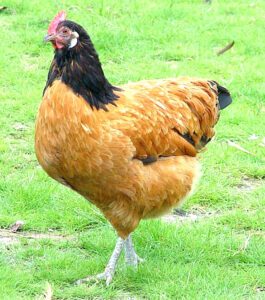
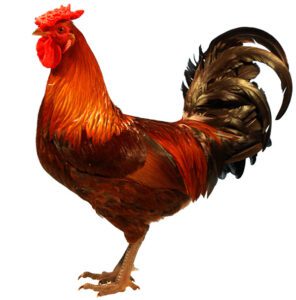
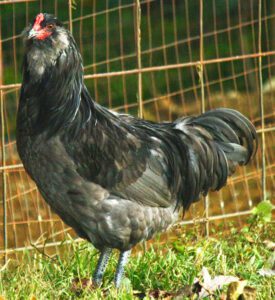
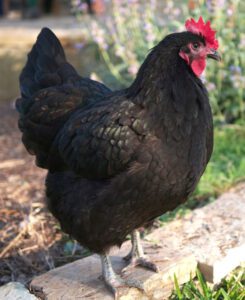
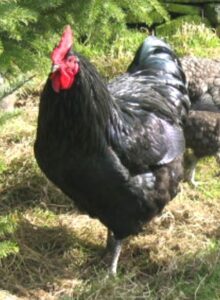

I have a Blue Andalusian cockerel. There are a few tan feathers on both shoulders. Is this considered a flaw in a show-worthy chicken?